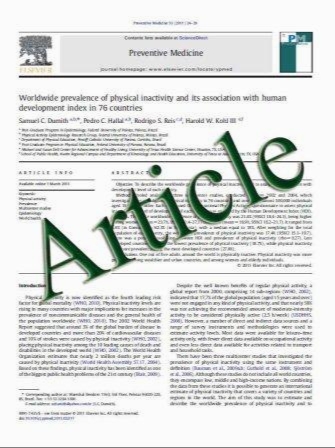Comparison between laser-induced photoemissions and phototransmission of hard tissues using fibre-coupled Nd:YAG and Er3+-doped fibre lasers
- نوع فایل : کتاب
- زبان : انگلیسی
- مؤلف : Ashraf Fathy El-Sherif
- چاپ و سال / کشور: 2011
Description
During pulsed laser irradiation of dental enamel, laser-induced photoemissions result from the laser–tissue interaction through mechanisms including fluorescence and plasma formation. Fluorescence induced by non-ablative laser light interaction has been used in tissue diagnosis, but the photoemission signal accompanying higher power ablative processes may also be used to provide real-time monitoring of the laser–tissue interaction. The spectral characteristics of the photoemission signals from normal and carious tooth enamel induced by two different pulsed lasers were examined. The radiation sources compared were a high-power extra-long Q-switched Nd:YAG laser operating at a wavelength of 1,066 nm giving pulses (with pulse durations in the range 200–250 ىs) in the near infrared and a free-running Er3+-doped ZBLAN fibre laser operating at a wavelength near 3 ىm with similar pulse durations in the mid-infrared region. The photoemission spectra produced during pulsed laser irradiation of enamel samples were recorded using a high-resolution spectrometer with a CCD array detector that enabled an optical resolution as high as 0.02 nm (FWHM). The spectral and time-dependence of the laser-induced photoemission due to thermal emission and plasma formation were detected during pulsed laser irradiation of hard tissues and were used to distinguish between normal and carious teeth. The use of these effects to distinguish between hard and soft biological tissues during photothermal ablation with a pulsed Nd:YAG laser or an Er fibre laser appears feasible. The real-time spectrally resolved phototransmission spectrum produced during pulsed Nd:YAG laser irradiation of human tooth enamel samples was recorded, with a (normalized) relative transmission coefficient of 1 (100%) for normal teeth and 0.6 (60%) for the carious teeth. The photoemission signal accompanying ablative events may also be used to provide real-time monitoring of the laser–tissue interaction.
Lasers Med Sci DOI 10.1007/s10103-011-0978-y Received: 15 August 2010 / Accepted: 25 July 2011


